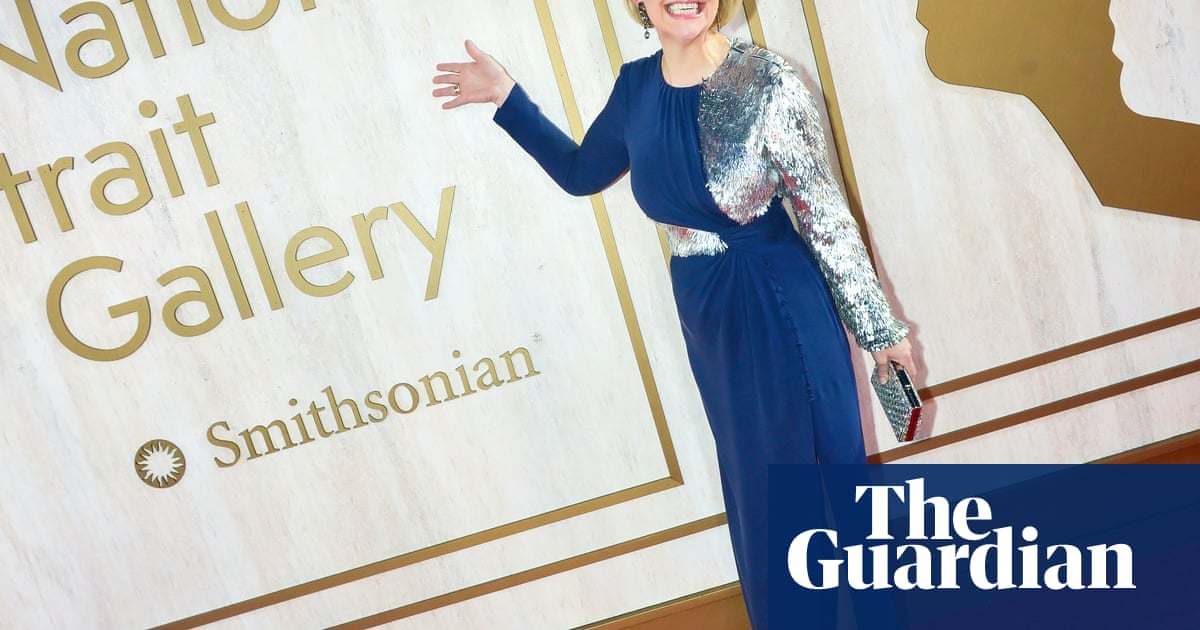The Smithsonian Institution has rebuffedDonald Trump’s attempt to fire the director of its National Portrait Gallery, with the museum’s governing board asserting its independence in a direct challenge to the president.
In astatementissued after an emergency meeting Monday, the Smithsonian’s board of regents declared that “all personnel decisions are made by and subject to the direction of the secretary, with oversight by the board” – turning away Trump’s claim of authority over the institution’s staffing.
The standoff centers on Kim Sajet, whom Trump announced he had fired on 30 May, calling her “highly partisan and a strong supporter of DEI” – or diversity, equity and inclusion initiatives – on social media. Sajet has continued reporting to work, creating a direct confrontation between the White House and the US’s flagship cultural institution that has a 178-year-old governance structure built against political interference.
The board backed secretary Lonnie Bunch, saying he “has the support of the board of regents in his authority and management of the Smithsonian”. The statement also directed Bunch to ensure museum content remains “unbiased” while maintaining that the Smithsonian “must be a welcoming place of knowledge and discovery for all Americans”.
The White House did not return a request for comment.
The Smithsonian, which operates 21 museums and the National Zoo and attracts millions of visitors annually, represents the largest museum and research complex in the US.
In March, Trumpsigned an executive ordertargeting “anti-American ideology” at the museum system, claiming the institution had fallen “under the influence of a divisive, race-centered ideology” and instructing JD Vance to remove “improper ideology” from its museum system.
Trump’s attack on Sajet focused, among other reasons, on her Democratic political donations and her rejection of a pro-Trump painting by artist Julian Raven. Sajet reportedly told Raven his artwork was “too pro-Trump” and “too political” for the gallery, the artist toldthe Washingtonianin 2019.
And unlike the Kennedy Center, which Trump successfully overhauled by installing himself as chairperson, the Smithsonian operates under a unique governance model with board members representing all three branches of government, including the vice-president, and John Roberts, the chief justice.
The clash is all part of Trump’s broader assault on cultural institutions. His administration has gutted the National Endowment for the Arts and Humanities while proposing a 12% cut to the Smithsonian’s budget, including complete elimination of funding for the Anacostia Community Museum and the National Museum of the American Latino.
Trump’s attempted cultural revolution has already devastated the Kennedy Center, according tothe Washington Post, where ticket sales have plummeted about 36% since last year and artists have launched boycotts since his takeover. The presidentposted on social mediathere would be “NO MORE DRAG SHOWS, OR OTHER ANTI-AMERICAN PROPAGANDA” at the venue in May – thoughthe father-disguised-as-nanny Mrs Doubtfireis scheduled to go on.
